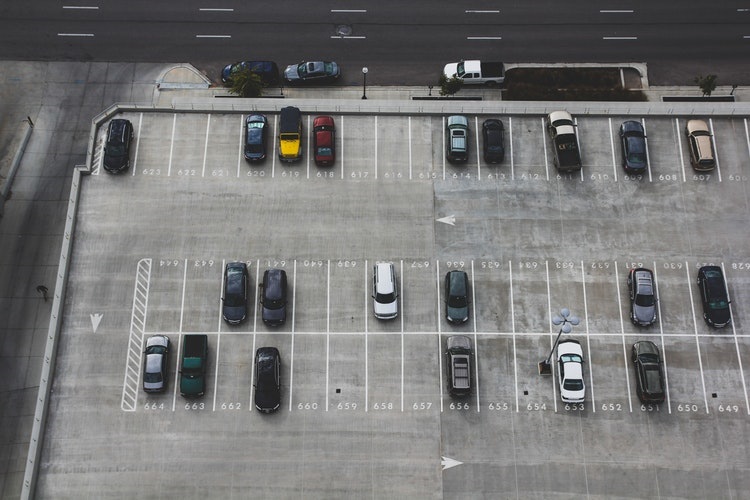As cities grow, traditional parking infrastructure struggles to keep up with demand. Increasing urban density makes efficient, safe, and user-friendly parking solutions more essential than ever. Old parking systems create frustration and fail to meet the expectations of modern drivers seeking hassle-free options. New technology is helping parking management adapt, paving the way for smarter systems.
Gateless parking systems are changing the way we approach parking, blending technology with convenience to eliminate long wait times and outdated processes. While they offer clear advantages, their adoption comes with challenges that property owners and operators must carefully address. Understanding both the benefits and potential hurdles is key to making informed decisions about this modern approach to parking management.
Table of Contents
Shift to Gateless Parking Systems
Gated parking systems come with issues like long wait times and expensive maintenance. As urban development accelerates, the demand for more streamlined and user-friendly alternatives has surged. Drivers now gravitate toward solutions that reduce friction in the parking experience, reflecting broader consumer expectations for simplicity and efficiency.
The movement toward gateless models running off advanced parking management software emerges as a natural response to these changing preferences. These systems embody a design focused on contactless interactions, aligning with growing regulatory trends and market desires. As property owners and operators adapt to this situation, embracing seamless technology becomes important for staying relevant.
Key Technologies Powering Gateless Parking Management
Several technologies currently drive the functionality of gateless parking systems. License Plate Recognition (LPR) automates entry and exit tracking, eliminating the need for physical tickets. This technology not only quickens the flow of vehicles but also minimizes wait times at busy locations. Cloud-based software presents another layer of efficiency, facilitating real-time data analytics that helps operators make informed decisions on usage patterns and availability.
Digital payments make checkout easier, letting drivers pay with mobile apps or contactless cards. AI-driven tools adjust pricing dynamically based on demand, creating more predictable revenue streams. Integrating these systems with third-party navigation apps enhances user convenience, making finding available spaces effortless while encouraging technology collaboration.
Cost Savings and Operational Benefits of Gateless Parking
Gateless parking saves money for property owners by cutting hardware and maintenance costs. Transitioning to these systems means lower costs associated with ticketing infrastructure, which can accumulate over time. This efficiency, combined with improved traffic flow, creates a more pleasant experience for drivers, indirectly attracting more customers. Additionally, the integration of technology enables better monitoring of usage patterns, helping operators identify peak times and optimize space allocation for maximum efficiency.
Automated enforcement prevents unauthorized parking, keeping spaces available for paying users and protecting revenue. Customization features make these systems adaptable across multiple property types, whether it’s a bustling retail center or a tranquil residential complex. Exploring tailored solutions might uncover opportunities for maximizing operational effectiveness and customer satisfaction.
Effect on Driver Convenience and Parking Experience
Gateless parking systems represent a breath of fresh air for drivers managing crowded urban areas. Quick access without the hassle of physical tickets or cards decreases wait times significantly, allowing users to park swiftly and get on with their day. Personalized features make parking smoother and build driver loyalty.
Fewer touchpoints reduce tailgating risks, making parking safer. Transparency in pricing and availability through intuitive digital tools adds another layer of value, enriching the overall parking experience. Consider utilizing apps that provide real-time notifications for space availability to streamline your next parking outing.
Challenges and Strategic Considerations for Implementation
Implementing gateless parking systems introduces hurdles that property owners and operators must address. Privacy concerns surrounding license plate information may raise alarms among users, prompting inquiries about data handling practices and security measures. Compliance with local regulations regarding digital enforcement further complicates the process, as operators must adapt to varying guidelines and standards in different jurisdictions.
Resistance from some drivers accustomed to traditional gated systems presents another obstacle. Familiarity often breeds comfort, making the shift to a new model daunting for certain users. Selecting an appropriate software provider aligns with long-term goals, particularly regarding compatibility with smart city infrastructure.
Gateless parking makes parking faster, cheaper, and more secure. With license plate recognition, digital payments, and AI-driven pricing, drivers can park without tickets or long waits. Removing gates cuts down congestion and keeps traffic moving smoothly. Automated enforcement helps keep spots open for paying users. Some challenges, like privacy concerns and local rules, need to be addressed, but planning ahead can make the switch easier. Using real-time data, offering clear payment options, and helping drivers understand the benefits can make gateless parking a better experience for both property owners and users.

